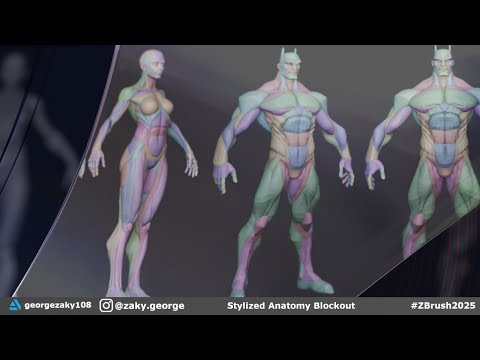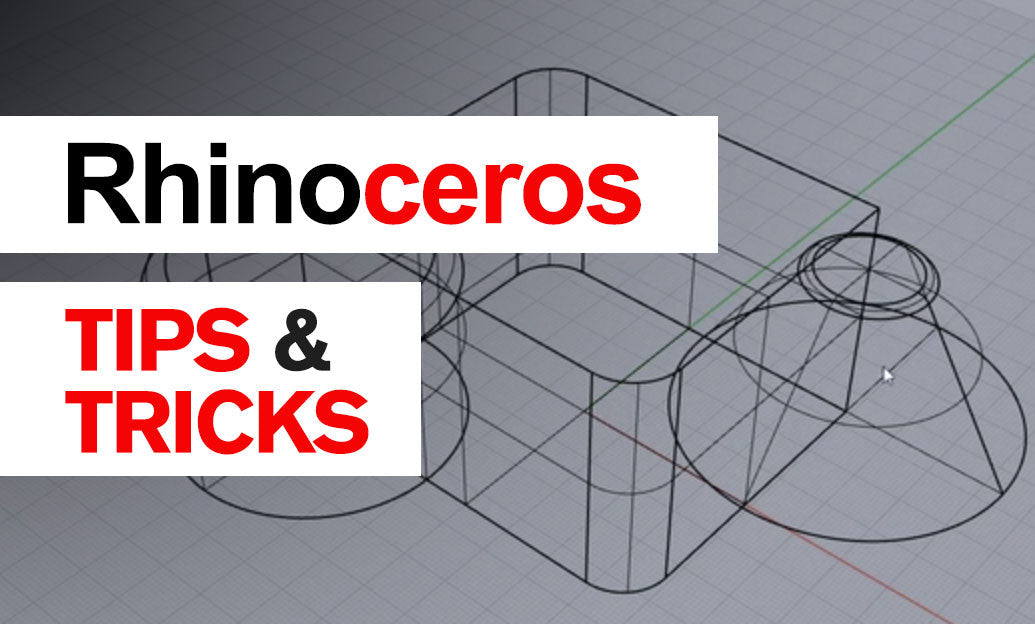Your Cart is Empty
Customer Testimonials
-
"Great customer service. The folks at Novedge were super helpful in navigating a somewhat complicated order including software upgrades and serial numbers in various stages of inactivity. They were friendly and helpful throughout the process.."
Ruben Ruckmark
"Quick & very helpful. We have been using Novedge for years and are very happy with their quick service when we need to make a purchase and excellent support resolving any issues."
Will Woodson
"Scott is the best. He reminds me about subscriptions dates, guides me in the correct direction for updates. He always responds promptly to me. He is literally the reason I continue to work with Novedge and will do so in the future."
Edward Mchugh
"Calvin Lok is “the man”. After my purchase of Sketchup 2021, he called me and provided step-by-step instructions to ease me through difficulties I was having with the setup of my new software."
Mike Borzage
Design Software History: Virtual Commissioning: Revolutionizing Manufacturing with Digital Twins and Simulation Technologies
November 22, 2024 6 min read


Introduction to Virtual Commissioning
Virtual Commissioning (VC) has emerged as a pivotal process in modern manufacturing, revolutionizing how industries approach system validation and deployment. At its core, VC involves the use of digital models and simulations to test and validate manufacturing systems before they are physically built and deployed. This forward-thinking approach is highly relevant today as manufacturers seek to minimize downtime, reduce costs, and accelerate time-to-market. By leveraging digital twins and advanced simulation technologies, VC allows engineers and designers to foresee potential issues, optimize system performance, and ensure seamless integration within existing workflows.
The utilization of digital twins and simulation tools in VC marks a significant departure from traditional commissioning methods, which relied heavily on physical prototypes and on-site testing. In traditional setups, identifying and rectifying errors could be time-consuming and expensive, often leading to delays and increased budgets. The transition to virtual approaches began during the late 20th century with the advent of sophisticated computer-aided design (CAD) tools and has since been propelled by advancements in computing power and software capabilities. Companies like Dassault Systèmes and Autodesk were instrumental in this shift, providing software that could accurately model complex systems virtually. This evolution signifies not just a technological advancement but a paradigm shift in manufacturing philosophies, emphasizing efficiency, precision, and proactive problem-solving.
Key Technologies Enabling Virtual Commissioning
The efficacy of Virtual Commissioning is largely attributed to several key technologies that have matured over recent years. Among these, Digital Twin Technology stands out as a cornerstone. A digital twin is a virtual replica of a physical asset, process, or system that can be used for analysis, simulation, and control. This concept allows manufacturers to create a digital counterpart of their production lines or equipment, enabling real-time monitoring and adjustments without the need for physical trials. Companies like General Electric and Siemens AG have been pioneers in adopting digital twin technology, integrating it into their products and services to enhance operational efficiency.
Real-time data integration plays a critical role in the effectiveness of digital twins. By continuously feeding data from sensors and IoT devices into the digital model, engineers can simulate how systems will respond under various conditions. This integration allows for predictive analysis and decision-making that can preemptively address potential problems. The impact on the commissioning process is profound, as it shifts the focus from reactive troubleshooting to proactive optimization.
Another vital component of VC is Simulation Software. Various types of simulation tools are used, ranging from physics-based simulations that model mechanical movements and forces, to process simulations that replicate manufacturing workflows. Software platforms such as Siemens' Tecnomatix and Rockwell Automation's Arena provide comprehensive simulation environments for testing and validation. These tools enable manufacturers to experiment with different configurations, assess the impact of changes, and optimize processes before implementation. By modeling scenarios virtually, companies can save significant time and resources that would otherwise be spent on physical trials.
The integration of VC with the Internet of Things (IoT) and the principles of Industry 4.0 further enhances its capabilities. IoT devices collect vast amounts of data from equipment and production lines, providing a rich dataset for simulations and digital twins. This data-driven approach allows for greater accuracy in modeling and more effective real-time monitoring. For instance, the use of IoT applications enables engineers to receive immediate feedback during the commissioning phase, allowing for quick adjustments and improvements. The synergy between VC, IoT, and big data analytics creates a powerful ecosystem that propels manufacturing towards greater efficiency and innovation.
Benefits of Virtual Commissioning in Manufacturing
The adoption of Virtual Commissioning brings about numerous benefits that significantly impact manufacturing operations. One of the most prominent advantages is the substantial Cost and Time Savings it offers. By simulating and validating systems virtually, manufacturers can identify and rectify errors before they manifest in the physical world. This preemptive approach reduces the risk of costly mistakes during the commissioning stages and minimizes the need for rework. Projects that might have been delayed due to unforeseen issues can now proceed on schedule, as potential problems are addressed during the simulation phase. Enhanced planning facilitated by VC shortens lead times, allowing for quicker project completion and faster time-to-market for new products.
Another critical benefit is the Improved Collaboration and Training that VC enables. Virtual environments allow cross-functional teams, often dispersed across different geographical locations, to work together seamlessly. Engineers, designers, and operators can interact with the virtual models, share insights, and make collective decisions in real time. This level of collaboration fosters innovation and ensures that all stakeholders are aligned with the project's objectives. Moreover, virtual commissioning environments serve as excellent platforms for training. Operators and engineers can familiarize themselves with new systems and processes in a risk-free setting before physical commissioning begins. This proactive training approach enhances skill levels and prepares the workforce for smooth operations upon system deployment.
Risk Mitigation is also a significant benefit derived from VC. Advanced simulations enable manufacturers to predict how systems will behave under various conditions, including stress tests and failure scenarios. This predictive capability allows for the implementation of predictive maintenance strategies, reducing unexpected downtime and extending equipment lifespan. By identifying potential hazards and safety concerns during the virtual phase, companies can enhance their safety protocols, ensuring that the physical implementation adheres to the highest safety standards. This not only protects the workforce but also safeguards the company's assets and reputation.
Challenges and Future Directions
Despite its numerous advantages, Virtual Commissioning does present certain Technical and Organizational Barriers that manufacturers must navigate. One of the primary challenges is software compatibility. Integrating various simulation tools, digital twins, and IoT platforms can be complex, especially when different systems use proprietary formats or standards. This complexity requires a robust IT infrastructure and expertise in software integration. Additionally, the workforce needs to be adequately trained to utilize these advanced tools effectively. There may be resistance within organizations due to cultural mindset shifts required to move from traditional methods to virtual environments. Overcoming skepticism and fostering an environment that embraces innovation is essential for successful VC implementation.
Looking ahead, several Future Innovations are poised to further enhance the capabilities of Virtual Commissioning. Trends in Artificial Intelligence (AI) and Machine Learning (ML) are anticipated to have a significant impact. By incorporating AI and ML algorithms, simulation models can become more adaptive and intelligent, learning from data patterns to predict outcomes with greater accuracy. This advancement could enable more nuanced simulations that account for a wider range of variables and scenarios. Additionally, the potential for greater adoption of Virtual Reality (VR) and Augmented Reality (AR) technologies promises to enhance the VC experience. These immersive technologies could allow engineers and operators to interact with virtual models in more intuitive ways, providing deeper insights and fostering more effective training programs.
The manufacturing environment of the future is likely to evolve into a landscape where VC is seamlessly integrated with other smart technologies. This evolution will involve a shift towards fully interconnected systems, employing advanced analytics and autonomous decision-making processes. Manufacturers will need to continuously adapt to these changes, investing in new technologies and upskilling their workforce. The convergence of VC with technologies like AI, IoT, and VR/AR will pave the way for manufacturing operations that are smarter, more efficient, and highly responsive to market demands.
Conclusion
In summary, Virtual Commissioning represents a transformative shift in the manufacturing industry, offering a proactive approach to system validation and deployment. By leveraging digital twins, simulation software, and integrating with IoT technologies, VC provides manufacturers with the tools to optimize processes, reduce costs, and mitigate risks effectively. The potential of VC extends beyond immediate operational benefits, setting the stage for future advancements in manufacturing.
To harness the full benefits of Virtual Commissioning, continuous investment in technologies is essential. Manufacturers must also prioritize skill development, ensuring that their workforce is equipped to navigate and utilize these advanced tools. Embracing VC requires a cultural shift towards innovation and a willingness to adopt new methodologies.
The future of manufacturing will increasingly rely on virtual solutions, and Virtual Commissioning is at the forefront of this evolution. As industries continue to integrate smart technologies and embrace digital transformation, VC will play a crucial role in enabling smarter, more efficient operations. This shift not only enhances competitiveness but also positions manufacturers to meet the dynamic demands of the global market effectively.
Also in Design News

Stylized Anatomy Blockouts with George Zaky - Zbrush 2025: Day 10
August 31, 2025 1 min read
Read More
Rhino 3D Tip: Understanding Surface and Solid Modeling in Rhino for Enhanced Workflow Efficiency
August 30, 2025 3 min read
Read MoreSubscribe
Sign up to get the latest on sales, new releases and more …



